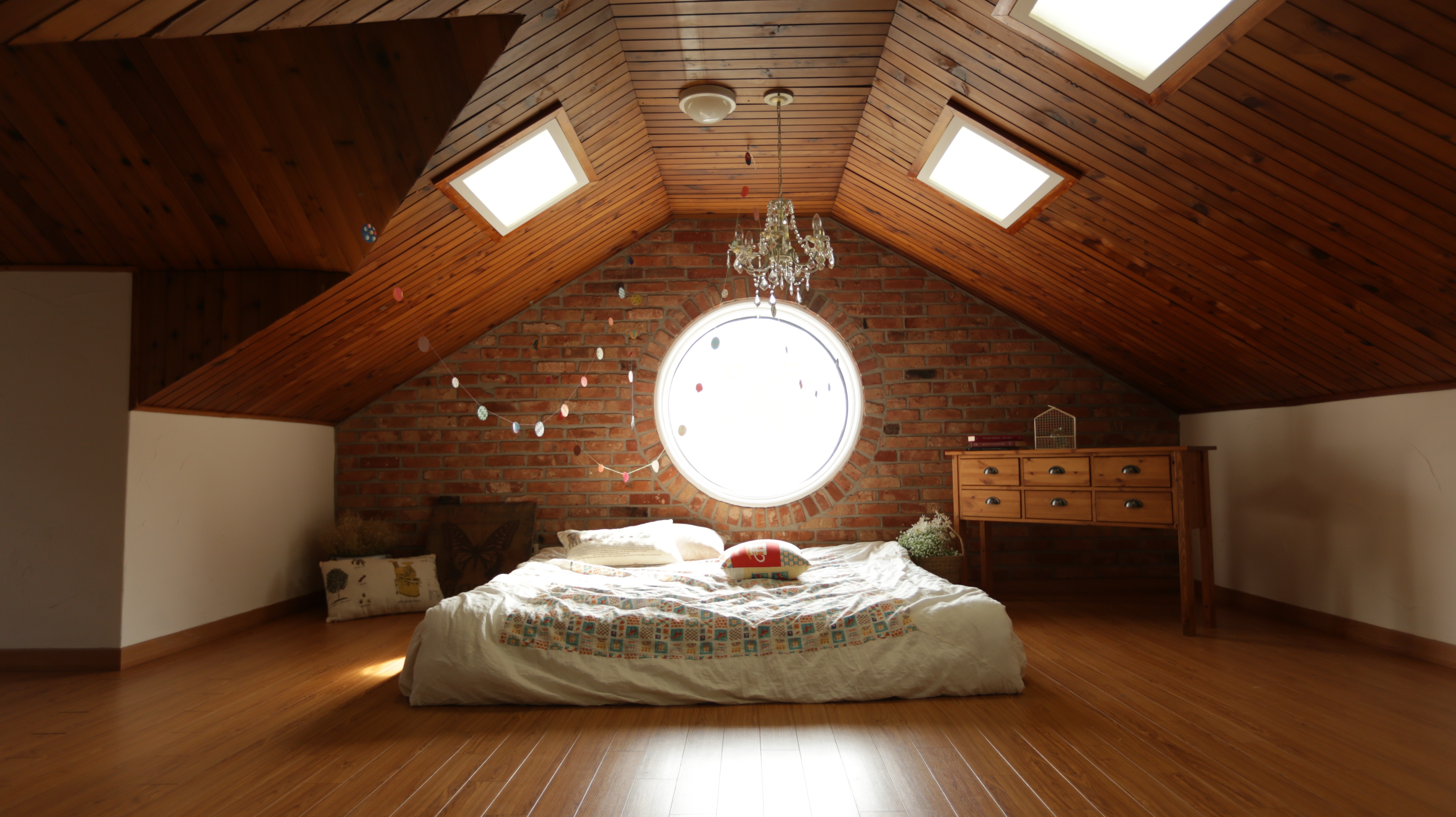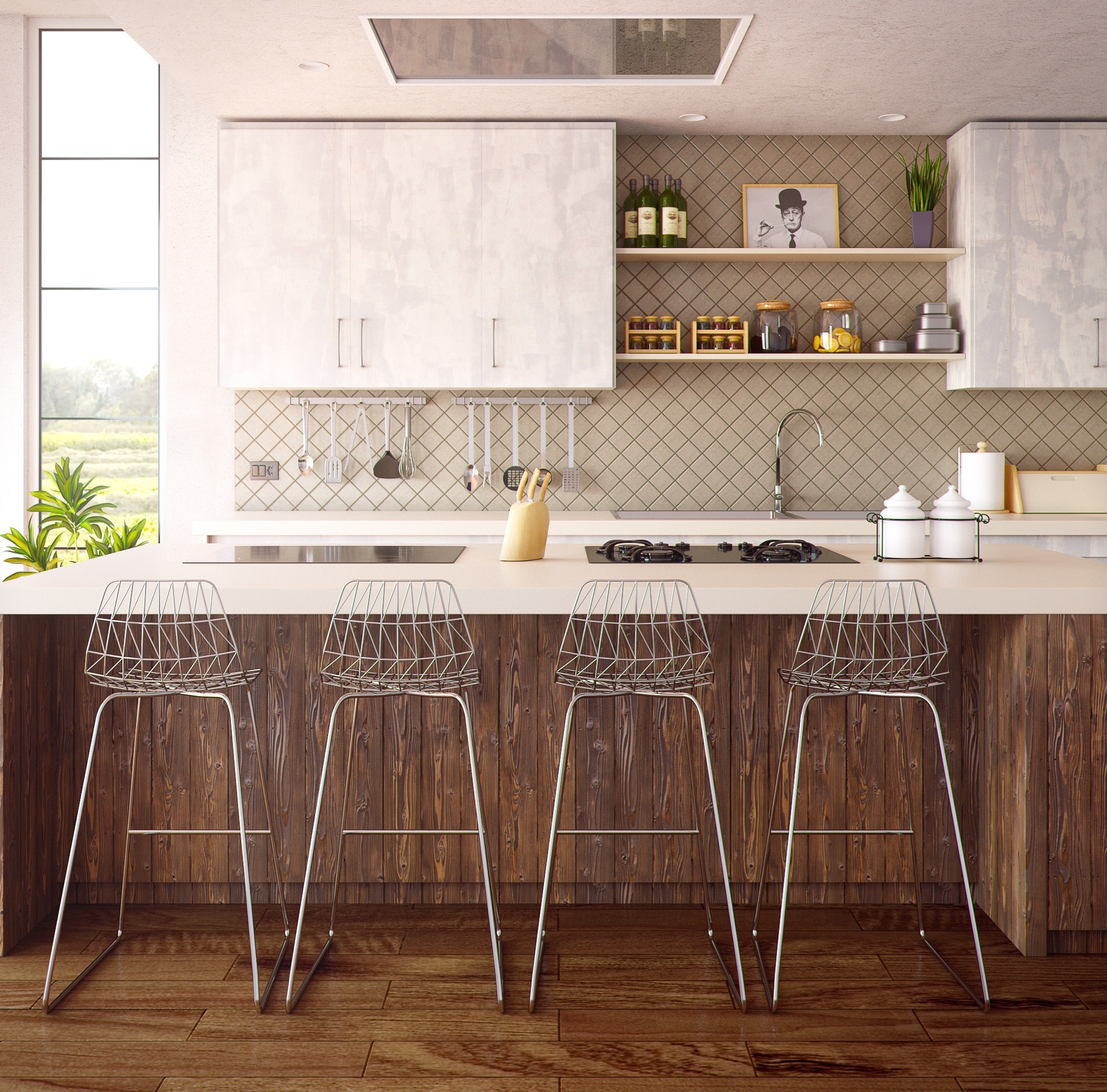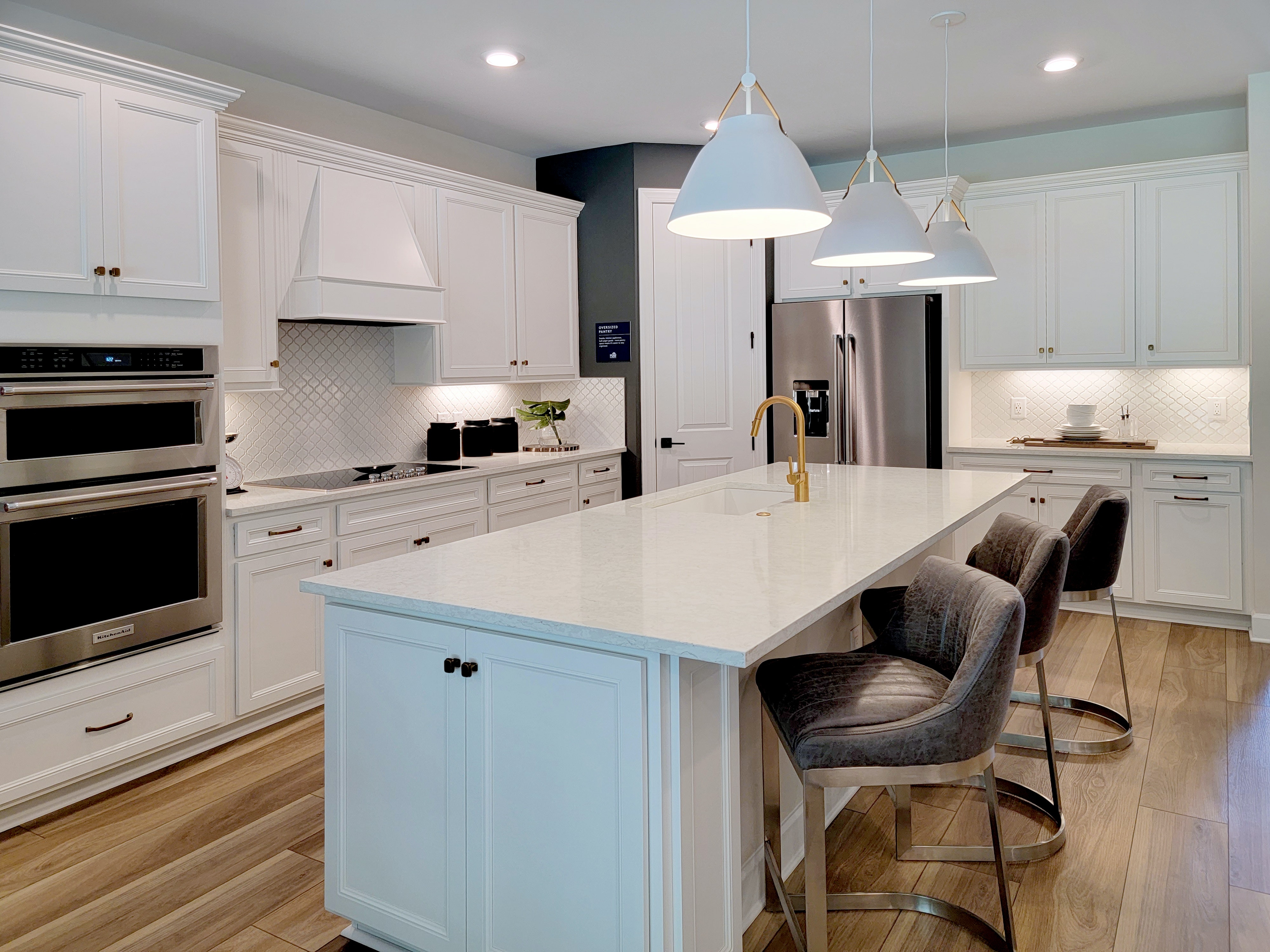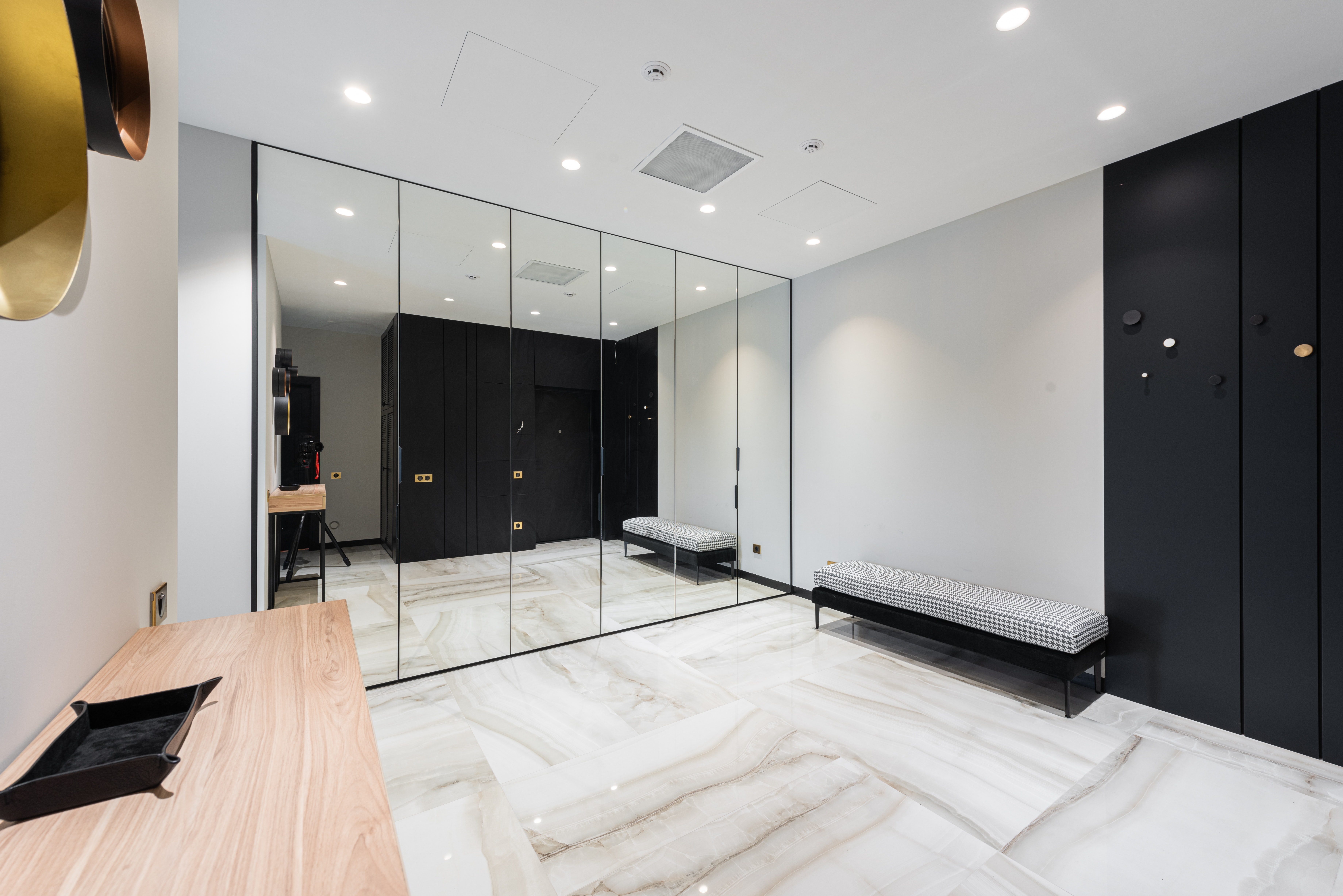
False Ceiling Types
One of the key interior components is the ceiling. People in today's society value ceilings highly and desire a variety of beautiful ceiling looks. The false ceiling design is a suitable choice for decorating a roof or a ceiling. They are of various types:-
1. Wooden False Ceiling
Modern homeowners are favouring wooden false ceilings more and more due to its natural textures and designs. Moreover, various treatments are applied to these ceilings to enhance their aesthetic appeal.
Wooden boards, or plywood can all be used to create wooden artificial ceilings. Nails and screws make it simple to install the wooden blocks.
When you want to give your home a traditional appearance, wooden ceilings are the finest choice. These wooden panels will have a pleasing appearance. Due to its warmth and elegance, wooden ceilings will never go out of style.
2. Plaster of Paris (POP) False Ceiling
We frequently utilise plaster of Paris, sometimes known as POP, for fake ceilings. Plaster of Paris is strong, portable, and enhances the appearance of your space. Due to its flawless finishing, POP is a popular first option. Your ceiling can be designed anyway you choose. The POP ceiling may be used to make a variety of ornamental patterns.
3. Metal False Ceiling
Metal drop ceilings are a different kind of false ceiling. Metal ceilings have the advantage that the metal strips do not require additional labour. The metal panels are simple to take out and reinstall. Metal ceilings last a long time and do not easily crack.
4. Gypsum False Ceiling
When it comes to different forms of false ceilings, gypsum is perhaps the best material to utilise. Ceilings made of gypsum are lightweight, soundproof, and fire resistant. Gypsum boards, ceiling tiles, or sheets are used to create the fake ceiling. They are simple to install and can provide a polished appearance after painting or wallpapering.
5. Fabric or Cloth False Ceiling
Cloth is inexpensive and can be used to cover ceilings temporarily in venues like yoga studios, dining establishments,and function halls. They are not strongly advised due to the fact that they eventually become dusty. The warmth of the room is created by the light that has been diffused by the fabric. Although this style of artificial ceiling is less useful than others, it nonetheless improves a room's appearance.
6. Glass False Ceiling
One of the most popular false ceiling materials in use today is glass. Glass is a non-crystalline substance that is transparent and fragile. In the home and workplace, it is used for lighting and decorating purposes.
False ceilings are used in both commercial and residential structures because they have the best heat insulation features. Glass is the most adaptable material used in the construction business since it is available in markets in a wide range of shapes, sizes, and colours. Because of its transparency, it makes smaller rooms appear larger in size. Glass is used as panels, which is an excellent ceiling solution for establishments like restaurants, offices, and libraries.
7. PVC False Ceiling
It is one of the minor expenses that has an impact on the false ceiling materials that homeowners use. PVC panels are used to clothe the external walls of both residential and commercial structures. PVC is a robust plastic, and because it is manufactured in a factory, the finished product has a flat surface. Depending on the needs, it can be created in any desired shape and size.
8. Mineral Fibre False Ceiling
The fibre artificial ceiling has drawn more attention in recent years. Acoustic ceilings are another name for fibre ceilings. To reduce outside noise, these ceilings work best when installed in theatres, yoga studios, and workplaces. Moreover, the fibre ceiling will be fire-resistant.




